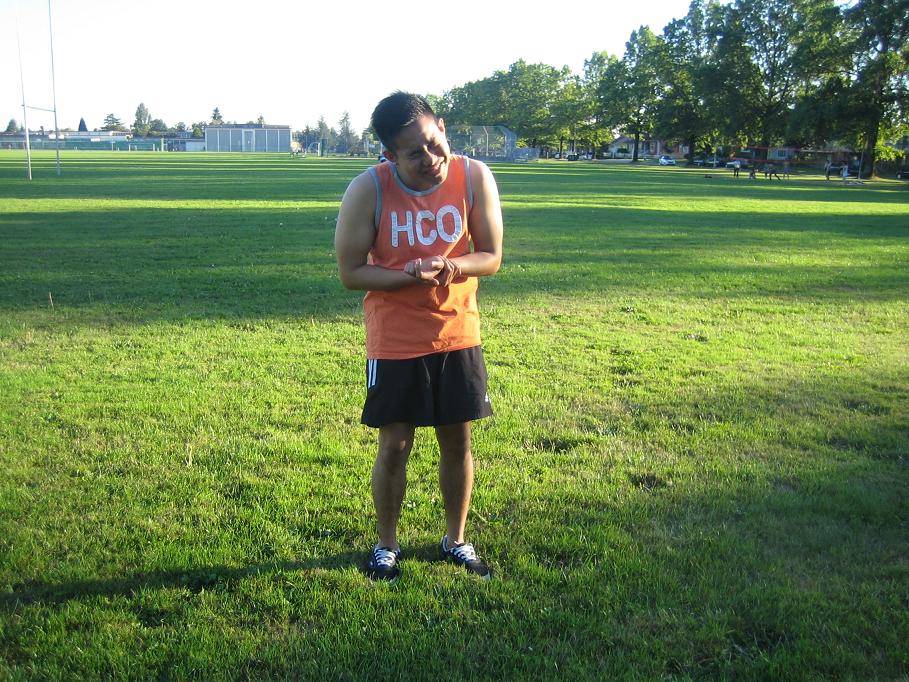Nickel allergy is an allergy that develops where the skin touches a harmless substance. It is usually associated with earrings and other jewelry. Nickel allergy is a form of dermatitis called allergic contact dermatitis.
It is characterized by red, itchy rashes and raised bumps that develop on the skin. The skin will appear swollen along with welts or hives, cracks or fissures and dry patchy skin that looks like a burn. Without proper treatment, the rashes on the skin becomes leathery and hard.

Once a person develops nickel allergy, she/he will always be sensitive to this metal and should avoid contact. An allergic reaction usually happens within hours to days after exposure to the metal and can last for 2-4 weeks. The reaction develops on the area of skin that comes in direct contact with nickel but sometimes it can also happen to other areas of the body.
Symptoms of nickel allergy
- Severe itchiness
- Rashes or bumps on the skin
- Dry patches of skin that looks like a burn
- Redness or changes in color of the skin
- Blisters that ooze fluid when it becomes severe
- Symptoms that include formation of pus in the affected area, severe redness, warmth and severe pain needs to be treated immediately.
Causes
- Jewelry used for body piercing such as in the ear and nose which result to injury to the skin.
- Rings, bracelets, necklaces and jewelry clasps
- Watchbands
- Fastener for clothing such as zippers, snaps and hooks for bras
- Buckles on the belt
- Frames of eyeglasses
- Coins
- Metal tools
- Keys
- Cellphones
- Medical devices
- Chalk
- E-cigarettes
Treatment
- Remove any jewelry or stay away from the metal that is causing the allergy.
- Wash the affected area using warm water and antibacterial soap. Make the area clean before applying any medication over it.
- Apply a wet compress over the affected area for at least 10-15 minutes several times every day to dry the blisters and lessen the itching. Soak a clean wash cloth in tap water or Burow’s solution which contain aluminum acetate and apply on the area.
- Apply an over-the-counter cortisone cream that contains aloe. Aloe is a natural healing agent for fast elimination of the rash. Cortisone lessens inflammation and itching of the area. Apply the cream at least every 2-3 hours as needed.
- Apply calamine lotion to cool down the affected area and lessen the itchiness. The lotion will dry and harden the skin and reapply again as needed.
- Take the prescribed oral type of cortisone to treat a severe rash especially if it affects the large area of the body.
- Avoid scratching the rashes to prevent worsening of the condition.
FACT CHECK
https://www.medicalnewstoday.com/articles/321400.php
https://www.healthline.com/health/allergies/nickel
https://www.mayoclinic.org/diseases-conditions/nickel-allergy/symptoms-causes/syc-20351529
